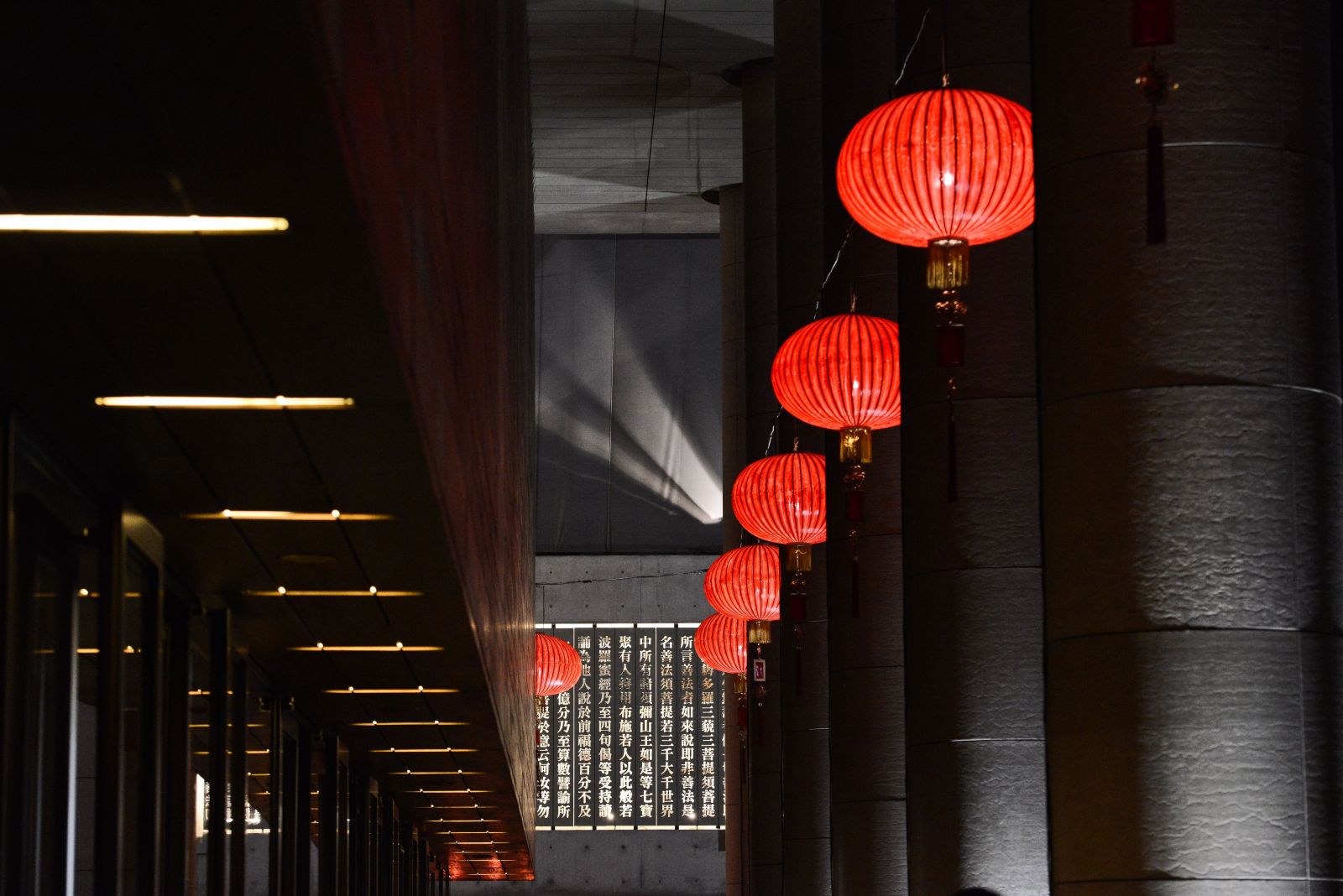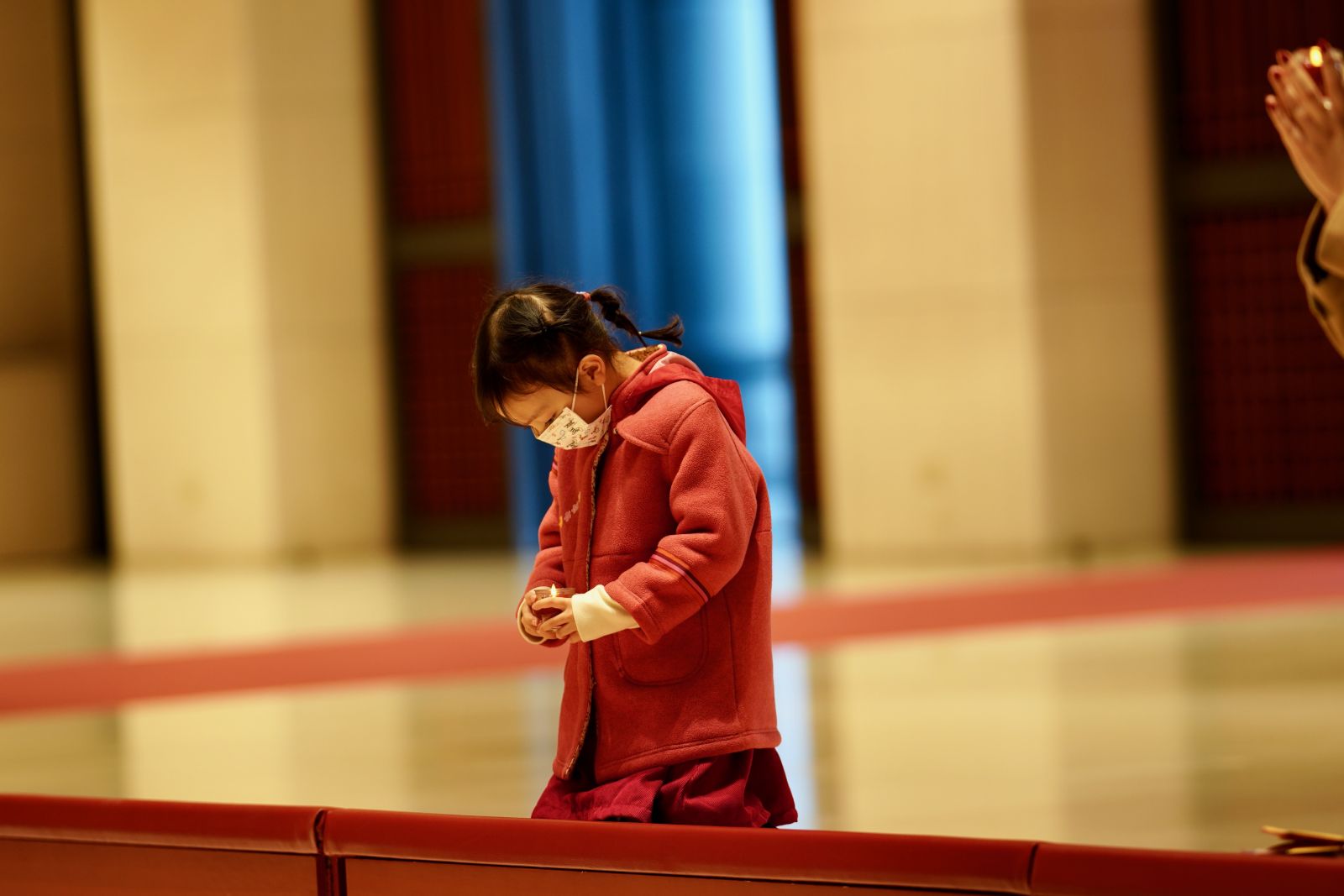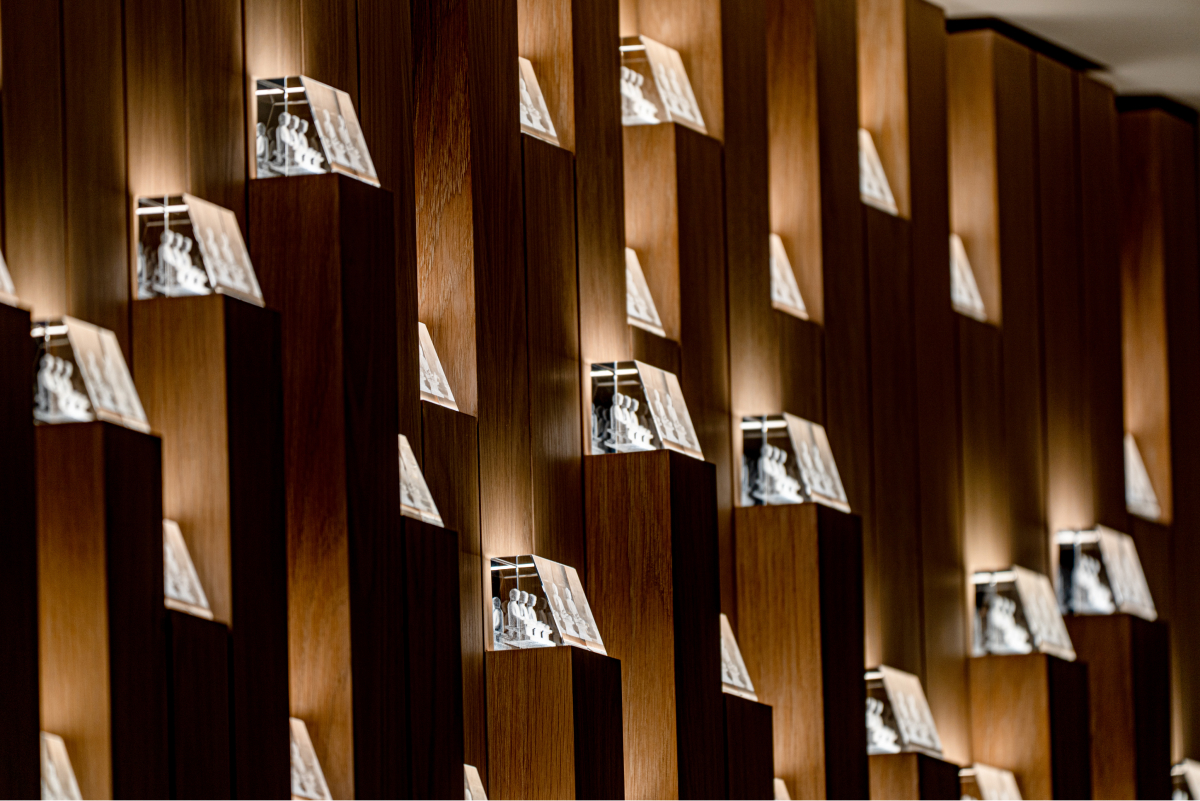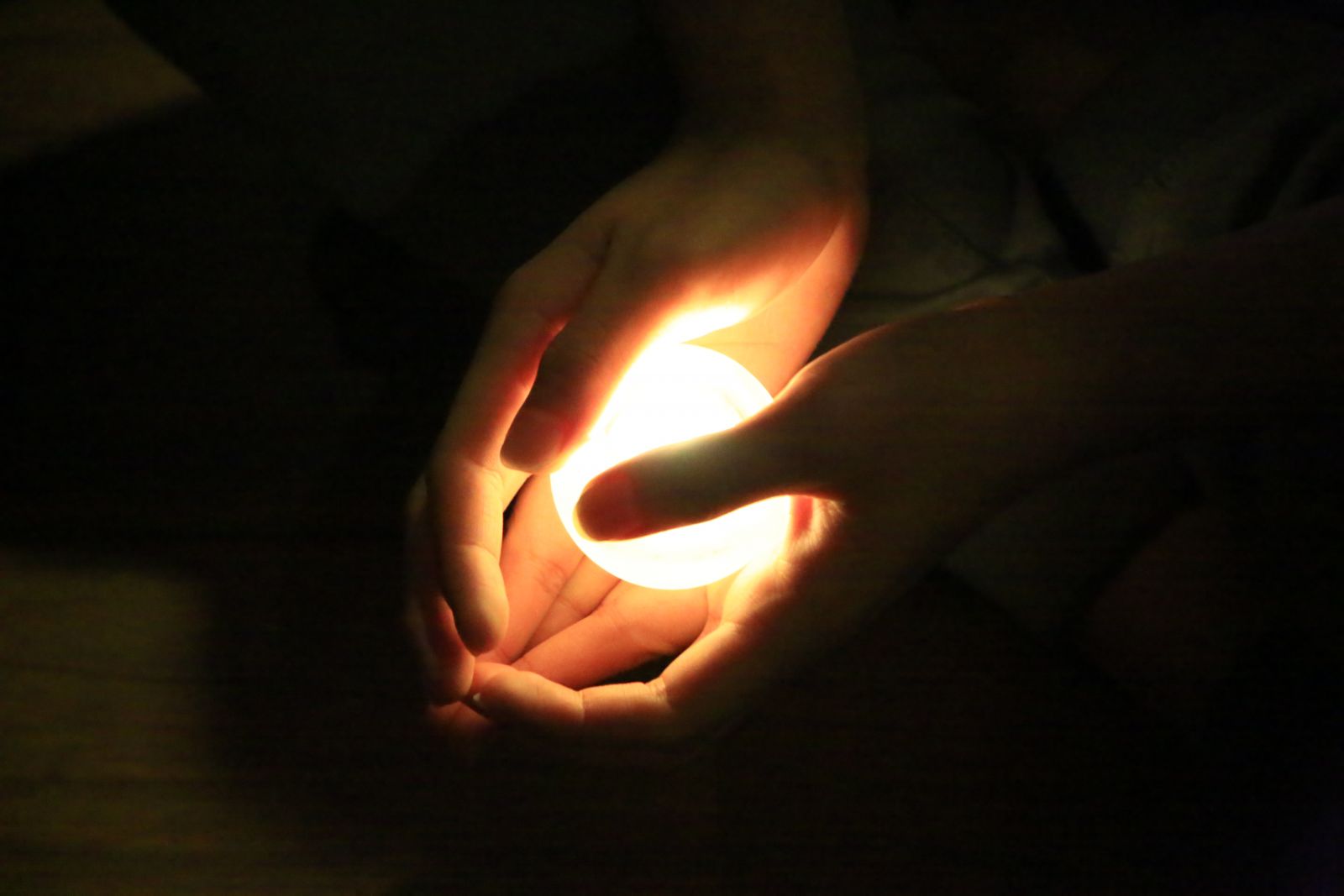Special Topics
Commonly Asked Questions on Light Offering
Q: Why do Buddhists offer lights during the Lunar New Year?
A: Offering lights to Buddha at the beginning of a year is intended as a form of praying to Buddhas and Bodhisattvas for safety, well-being, and a bright future in the New Year. During family reunions on the Lunar New Year holidays, it is customary for Chinese people to visit temples and offer lights as a family activity. By offering lights to Buddhas and Bodhisattvas, people cultivate a mind of devotional offering and reverence. Meanwhile, the symbolic meanings of lights inspire people to be diligent and dispel their inner darkness of ignorance. Buddhists light lamps not only during the Lunar New Year. Furthermore, it is not only Buddhists who make light offerings, but most other religions also have their own rituals of offering light.
Q: Why do light offerings generate merits? What kind of merits can be attained?
A: The religious practice of offering lights has been performed since Sakyamuni Buddha's time. As the Buddha said, "Light symbolizes brightness and wisdom." Similarly, the act of offering lights can invoke people's intrinsic nature of mind, and, furthermore, prompt them to approach Buddha-dharma and virtuous Dharma friends.

According to the Pradīpadānīya Sūtra (Sutra of the Merit of Offering Light), the merit of offering lights includes attaining three pure insights, three clarities, and three wisdoms, along with four purities, four favorable karmic rewards, eight boundless karmic rewards, eight boundless provisions (pātheyya), and eight higher or superior dhammas. The Śuka-sūtra meanwhile indicates the following ten merits:
1. Illuminating the world like a bright light;
2. Not contracting eye diseases;
3. Tendency to gain the supernormal knowledge of divine eye (dibba-cakkhu);
4. Having the wisdom to discern good and evil;
5. Non-occurrence of dullness and spiritual darkness;
6. Less likelihood of being confused and deluded by external conditions;
7. Avoiding rebirth in a place of darkness and fatuity;
8. Attaining great karmic blessings;
9. Ascending to heavens, especially the Trāyastriṃśa Heaven, after death;
10. Quick realization of nirvana
Also, Master Sheng Yen once said: "Offering light dignifies the place of awakening, and evokes people's veneration. The lights also symbolize luminous wisdom, which can dissolve the darkness of affliction."
Q: Why do people donate money to temples when offering lights?
A: Initially, Dharma services featuring light offerings did not exist. The practice of offering lights originates from the need for lighting in temples, or serves as a way for monastics to make offerings to Buddhas and Bodhisattvas. Since followers contribute various kinds of materials, money, and support to temples and monasteries as offerings, they also purchase items such as lamp oil, lamp wicks, and lamp holders to facilitate light offerings in temples and monasteries. Over time, the monastic practice of offering lamps was gradually adopted by followers who started to actively offer lamps to the Buddha as prayers for blessings, peace, and security. But, while monastics make offerings to Buddhas and Bodhisattvas as a token of personal cultivation and aspiration, most followers tend to project their yearnings for wish fulfillment onto light offerings. Eventually, in response to changes in the social environment and followers' need to pray for blessings, offering lights has evolved into a ritual at Dharma assemblies to pray for blessings, as part of routine Buddhist services. The equipment used for light offerings at one time was prepared by followers themselves. With the increased ritualization and standardization of light offerings, it has now become a temple's job to organize and oversee the entire process. As a result, devotees only need to make monetary donations — thereby saving them from the inconvenience of having to perform all the shopping and delivery tasks themselves. Nonetheless, along with offering light, followers normally also make a donation to support temples, expressing their devotion and faith in them. Therefore, in addition to praying for blessings, offering light carries the additional meaning of supporting monasteries.
Q: What does the difference in names such as "Wisdom Lamp" or "Blessing and Wisdom Lamp" imply?
 A: There are various names for light offering within Chinese communities, such as the Peace Lamp, the Longevity Lamp, the Marriage-facilitating Lamp, and the Descendant-increasing Lamp. While posing as various options to choose from, these names actually reflect various kinds of wishes people have. The names of lamps seen in Buddhist scriptures, such as Inexhaustible Lamp, Everlasting Brightness Lamp, Wisdom Lamp, and Mind Lamp, signify boundlessness of the Dharma as well as eliminating our inner darkness using the Buddhist wisdom. The naming of Buddhist lamp offerings is not particularly intended to fulfill specific wishes, but mainly marks one's aspiration to attain Bodhi. This is because, having the wisdom and compassion of a Buddha, people can naturally eradicate all forms of afflictions, ignorance, and obstructions. Therefore, Buddhism encourages people to make great vows while offering lights for their wishes, and pray for the benefits of all sentient beings. The power generated from such great vows is the real guarantee of blessings, merits, and wisdom spanning countless lifetimes.
A: There are various names for light offering within Chinese communities, such as the Peace Lamp, the Longevity Lamp, the Marriage-facilitating Lamp, and the Descendant-increasing Lamp. While posing as various options to choose from, these names actually reflect various kinds of wishes people have. The names of lamps seen in Buddhist scriptures, such as Inexhaustible Lamp, Everlasting Brightness Lamp, Wisdom Lamp, and Mind Lamp, signify boundlessness of the Dharma as well as eliminating our inner darkness using the Buddhist wisdom. The naming of Buddhist lamp offerings is not particularly intended to fulfill specific wishes, but mainly marks one's aspiration to attain Bodhi. This is because, having the wisdom and compassion of a Buddha, people can naturally eradicate all forms of afflictions, ignorance, and obstructions. Therefore, Buddhism encourages people to make great vows while offering lights for their wishes, and pray for the benefits of all sentient beings. The power generated from such great vows is the real guarantee of blessings, merits, and wisdom spanning countless lifetimes.Q: Can Buddhist light offerings ward off misfortunes and change our destinies?
 A: The principle of karmic cause and condition is a key concept in Buddhism. An individual enjoys the positive result by sowing seeds of good deeds, and suffers from the retribution of their evil deeds — the unchanging law of karmic causality. Hence, the act of offering lights does not change the karmic results an individual deserves, since lighting lamps does not wipe off people's past actions. It is like turning on a light in a house at nightfall; while the light illuminates the house, it is still night time. The fact that a light allows us to see more clearly at night does not change the reality of darkness outside. We shouldn't expect that the mere act of offering light can offset our past evil deeds and exempt us from karmic retribution, since this runs counter to the law of karmic causality.
A: The principle of karmic cause and condition is a key concept in Buddhism. An individual enjoys the positive result by sowing seeds of good deeds, and suffers from the retribution of their evil deeds — the unchanging law of karmic causality. Hence, the act of offering lights does not change the karmic results an individual deserves, since lighting lamps does not wipe off people's past actions. It is like turning on a light in a house at nightfall; while the light illuminates the house, it is still night time. The fact that a light allows us to see more clearly at night does not change the reality of darkness outside. We shouldn't expect that the mere act of offering light can offset our past evil deeds and exempt us from karmic retribution, since this runs counter to the law of karmic causality.So, does this mean that light offerings serve no purpose at all? In fact, that is not the case. By lighting lamps in the darkness, we may not be able to turn nighttime into daytime, but the lamps can certainly brighten up our surroundings. This saves us from fear or getting lost, and helps us walk safely on the path towards brightness amidst darkness. As the chapter "On Corresponding Karma" in the Madhyama Āgama indicates, we cannot make the water of a lake become salty by putting a handful of salt into it. However, adding the same amount of salt into a cup of water will make it too salty to drink. The so-called "light retribution for heavy offenses" indicates that enhancing our power of wholesomeness by making wholesome aspirations and doing more good deeds can reduce the impacts and damages of the karmic result and obstructions when it occurs.
In addition to praying for blessings, the reason Buddhism encourages people to offer lights is to prompt them to make good aspirations and vows as well as to engage in Buddhist practice, experiencing and realizing the Dharma for themselves. By doing so, we are accumulating virtuous provisions for attaining Buddhahood. This is the way to ward off calamities and change our destiny, and also forms the true meaning behind Buddhist light offerings.
Related articles:
The Origin and Transformation of Lamp Offerings
The Diverse Forms of Lamp offerings
The Design of Lamp Offerings at Dharma Drum Mountain
Similarities and Differences in Light Offering in Different Countries
Perspectives on Lamp Lighting Across Different Cultures
Commonly Asked Questions on Light Offering
Resource: Issue 281 of Humanity Magazine, Dharma Drum Publishing Corporation
Translation: Sinag-ling Li (李祥苓)
Editing: Keith Brown, Chia-Cheng Chang (張家誠)
